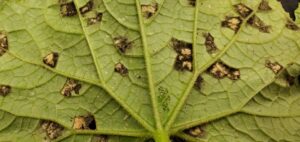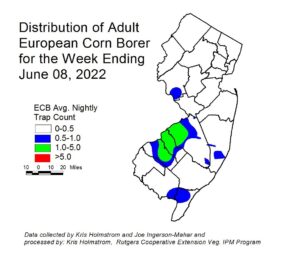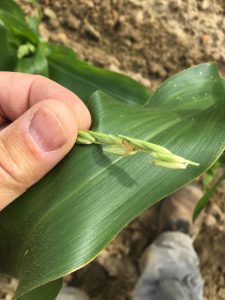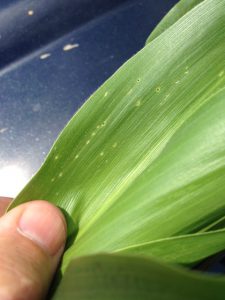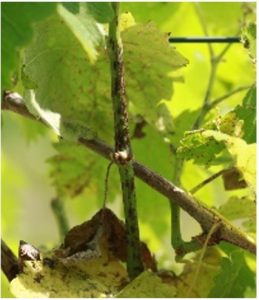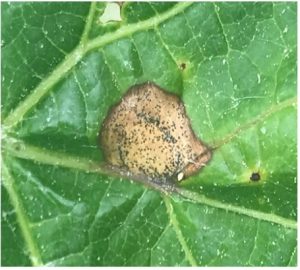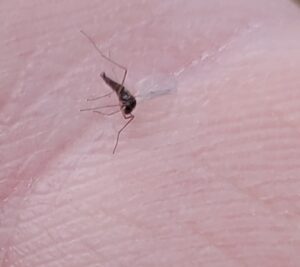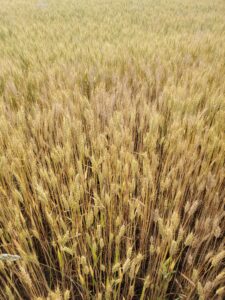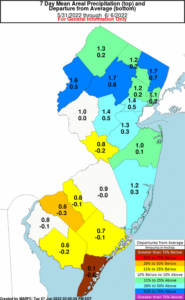The Dilemma Regarding Birch Trees
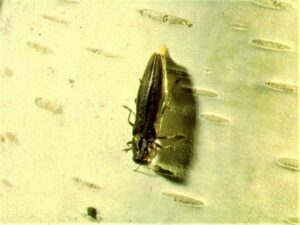
Bronze birch borer adult female laying an egg on the bark surface of a birch tree. (Photo Credit: Ohio State Coop. Ext.)
Bronze Birch Borer (Agrilus anxius) adults (440-800 GDD) are now actively searching landscapes for various species of Betula (Birch) to lay eggs upon. The adult beetles will be attracted to susceptible trees that are genetically defenseless or are compromised from stress (e.g., especially drought stress).
It is well known that the native River Birch (Betula nigra) has a strong resistance against the BBB. As a result, this species has been extensively planted in NJ landscapes during the past few decades to the extent of arguably being over-planted. And it is also widely understood that the non-native Asian & European birch species have virtually no or little resistance to the BBB. Therefore, the planting of these non-natives has rightfully been reduced over the decades. However, what about some of our other native species such as the paper, gray, & yellow birches. Is it best to avoid planting these species as well?
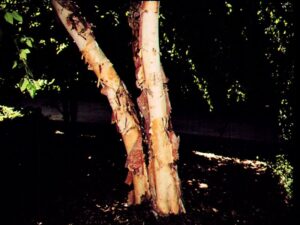
River birch (Betula nigra) is a native birch that is strongly resistant to the bronze birch borer. (Photo Credit: Steven K. Rettke, Rutgers Coop.Ext.)
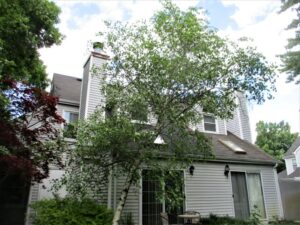
Is it best to avoid planting other native birch trees in our landscapes, such as the gray birch shown above? (Photo Credit: Steven K. Rettke, Rutgers Coop. Ext.)
